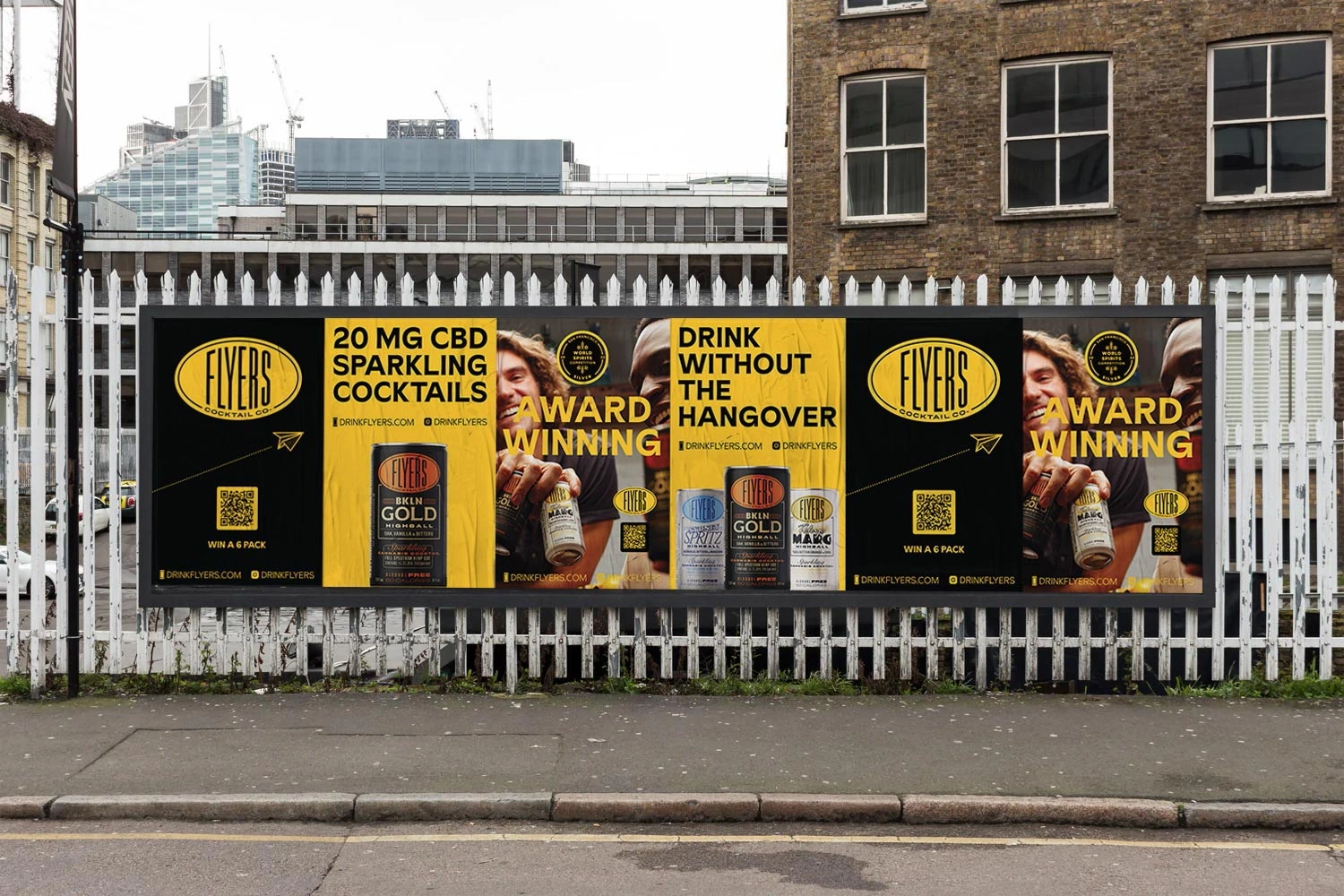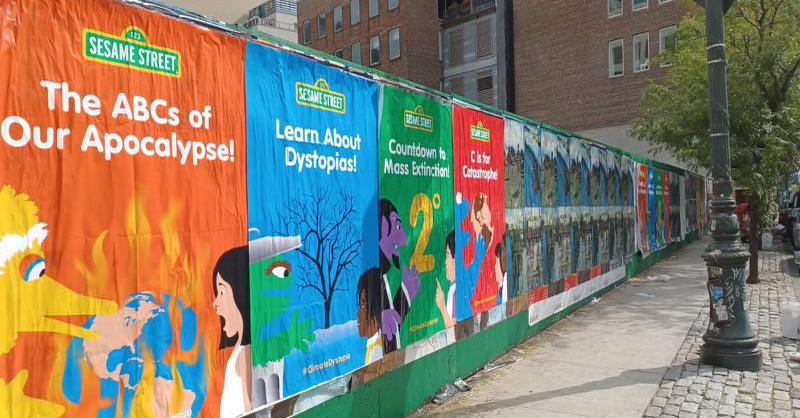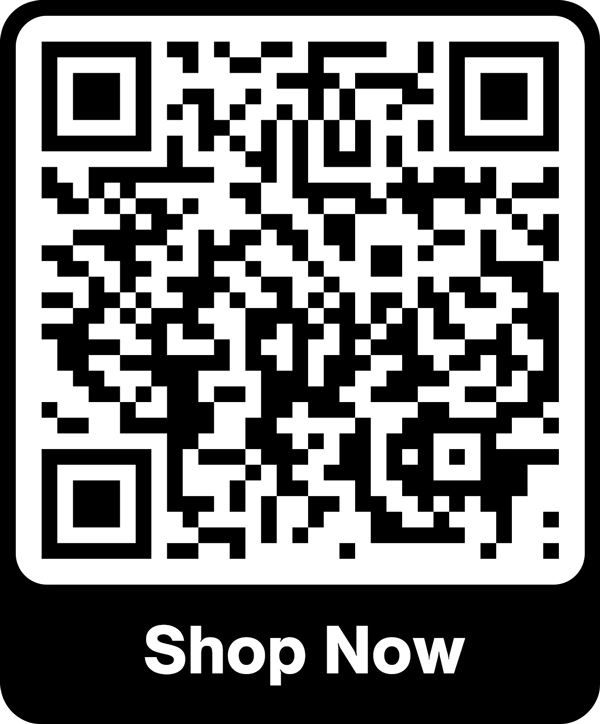This year is all about turning up the volume on your marketing efforts by one, two, or 10 notches. We could advise exploring the field of outdoor advertising. Wheatpasting® is a powerful outdoor marketing tactic that you may utilize to assist promote your services. Wheat pasting is the process of attaching extremely thin bespoke paper posters to walls using an adhesive known as wheat paste. The aforementioned wheatpaste posters are “posted” (or, to be more precise, plastered) on easily accessible walls in key urban sites to attract the attention of passersby. Now let’s discuss wheat paste.
What is Wheat Paste?
Wheat paste is a glue or liquid adhesive created from wheat flour or mixing starch and water. It goes by several other names, including flour and water paste, flour paste, and simply paste. Wheat paste is used in all sorts of mediums like bookbinding, découpage, collage, papier-mâché, and the place you’ve probably know it best from: posting posters on walls as guerilla marketing; aka, wheatpasting.
The distinction between wheat flour based and starch based wheat paste is actually pretty significant, and can affect your end result. In addition to gluten, starch is also found in vegetable flours. The gluten in wheat flour paste hardens and cross-links with time, making it nearly impossible to remove the glue, which makes it great for things like papier-mâché. Alternatively, wheat starch glue is reasonably reversible, making it better for paper conservation.
The strength and reversibility of pastes created from vegetables other than wheat depend on the plant species used, the processing method used by the manufacturer, and the recipe used by the end user. You can think of whole wheat flour and vegetable starch wheatpaste as being a kind of diluted white glue (different to PVA glue, but reasonably close in texture). When you are making paste from any of these materials, make sure you are making it in small batches, stirring continuously to keep the liquidity of your glue and test different ratios to get the perfect shelf life for your pastes when you are taking it to the streets.
What is Wheat Paste Best Used For?
Historically, wheat paste has always been very popular simply because of its low cost and versatility. Here is some common uses of wheatpaste glues:
Paper Mache: Wheat paste is commonly used in paper mache projects. It acts as an adhesive to stick layers of paper together, creating sculptures, masks, or other artistic forms.
Poster and Artwork Installation: Wheat paste is often used by street artists to install posters or artwork on walls called wheatpasting, or posting posters in the wild. It allows them to adhere the paper securely to the surface while also making it easier to remove later without causing damage.
Collage and Decoupage: Wheat paste can be used in collage and decoupage projects. It helps to stick paper cutouts or images onto surfaces like wood, canvas, or cardboard, allowing for creative compositions.
Bookbinding and Papercraft: Wheat paste is a traditional adhesive for bookbinding. It can be used to glue book pages together or affix book covers. It is also suitable for other papercraft projects like making cards, boxes, or paper ornaments.
Wallpapering: Historically, wheat paste was commonly used for wallpaper installation. Although modern wallpapers often come with pre-applied adhesive, wheat paste can still be used for older or specialty wallpapers.
Repairing Paper Artifacts: When restoring or repairing delicate paper artifacts like books, documents, or artworks, wheat paste can be used as a gentle and reversible adhesive.
Crafting and DIY Projects: Wheat paste can be a handy adhesive in various crafting and DIY projects. Whether you’re making piñatas, creating paper lanterns, or building models, wheat paste can provide a secure bond.
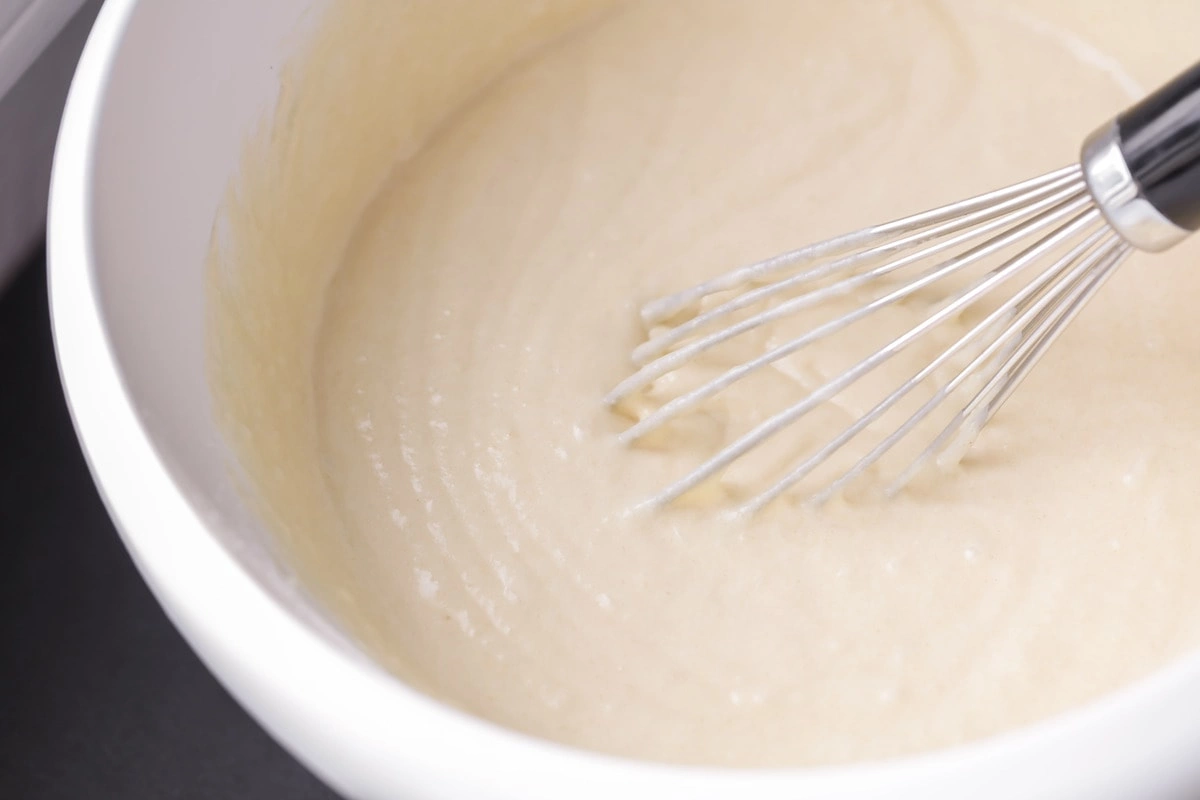


How to Make Wheat Paste
If you’re not outsourcing the task of poster bombing walls using wheat paste, read the below steps to know how to make wheat paste. Making wheat paste is really simple. Take three parts water and two parts white flour (white flour is starchier and will be stickier). Mix it well and let it boil for about 30 minutes on low flame. This is a basic recipe to make wheat paste. We do encourage you to speak to a professional if you’re unsure or apprehensive about the process.
If this is too much of a hassle for you, especially the first time around, consider purchasing wallpaper adhesive from your local hardware store, or you can get it direct on Amazon like this. Just remember this adhesive tends to be thinner (more runny) compared to wheatpaste but does the job well.
Tips for Getting Perfect Wheatpaste Poster Results
Working with our custom printed wheatpaste posters? Try these hot tips to get the perfect wild wheatpasting campaign:
Cook the Paste for Optimal Consistency: To achieve a smooth and workable wheat paste, it’s important to cook it properly. Gradually whisk the flour into the water to avoid lumps, then heat the mixture over medium-low heat. Stir continuously until it thickens to a creamy consistency. This cooking process helps to activate the gluten in the flour, resulting in a stronger adhesive. For best results, keep stirring continuously.
Strain the Paste for a Smoother Texture: After cooking the paste, you may notice small lumps or clumps. To ensure a smoother texture, strain the paste through a fine-mesh sieve or cheesecloth. This step helps remove any remaining lumps and ensures a more even application.
Use Warm Water for Mixing: When preparing the wheat paste mixture, use warm water instead of cold water. Warm water helps dissolve the flour more effectively, allowing for a smoother paste without as many clumps; cold water does the opposite and clumps the paste.
Let the Paste Rest Before Using: Once you’ve prepared the wheat paste, allow it to rest for about 30 minutes before using it. This resting period helps the paste thicken and stabilize, allowing it to adhere better to the posters and surfaces.
Add Vinegar as a Preservative: To extend the shelf life of your wheat paste, consider adding a small amount of white vinegar to the mixture. Vinegar acts as a natural preservative and helps prevent mold or bacterial growth. A teaspoon of vinegar for every cup of wheat paste is generally sufficient.
Apply the Paste Thinly and Evenly: When applying wheat paste to posters, use a brush or roller to apply a thin, even layer of paste on the back of the poster. Avoid applying too much paste, as it can cause the paper to become too wet and potentially wrinkle or tear.
Smooth Out Air Bubbles: After applying the wheat paste to the poster, use a squeegee or a flat
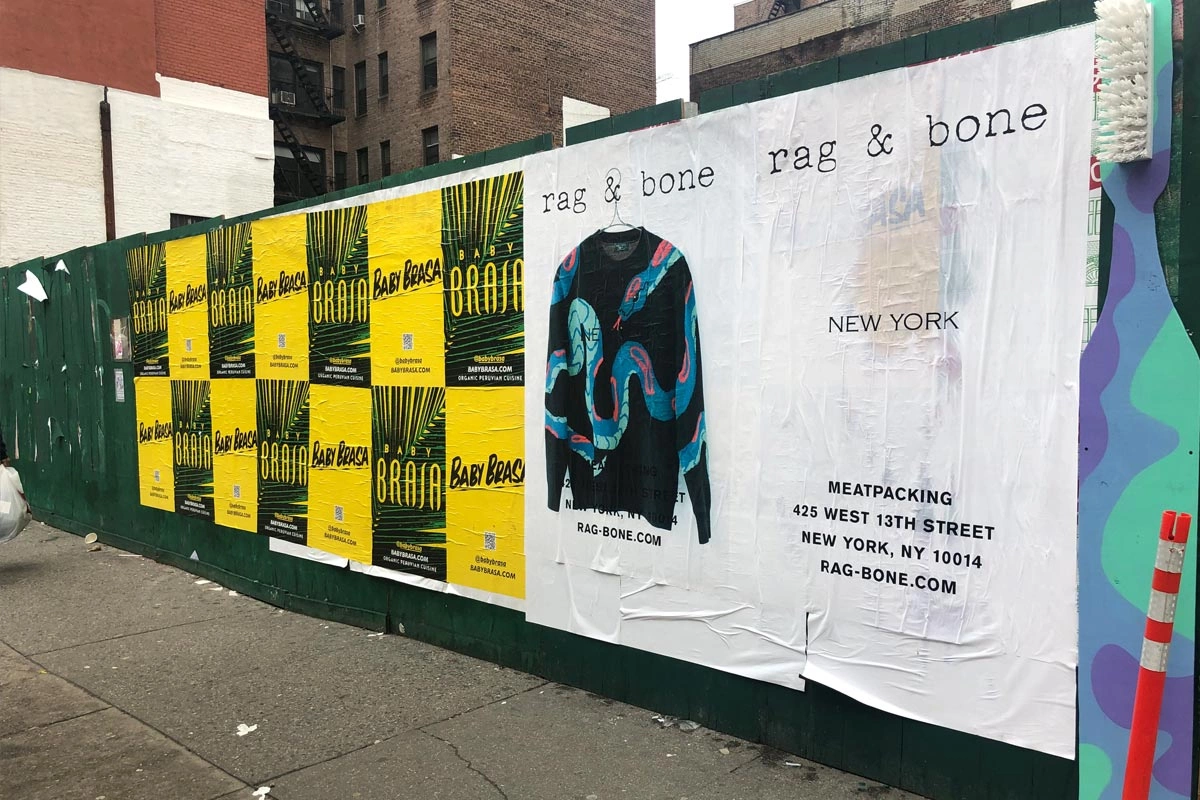
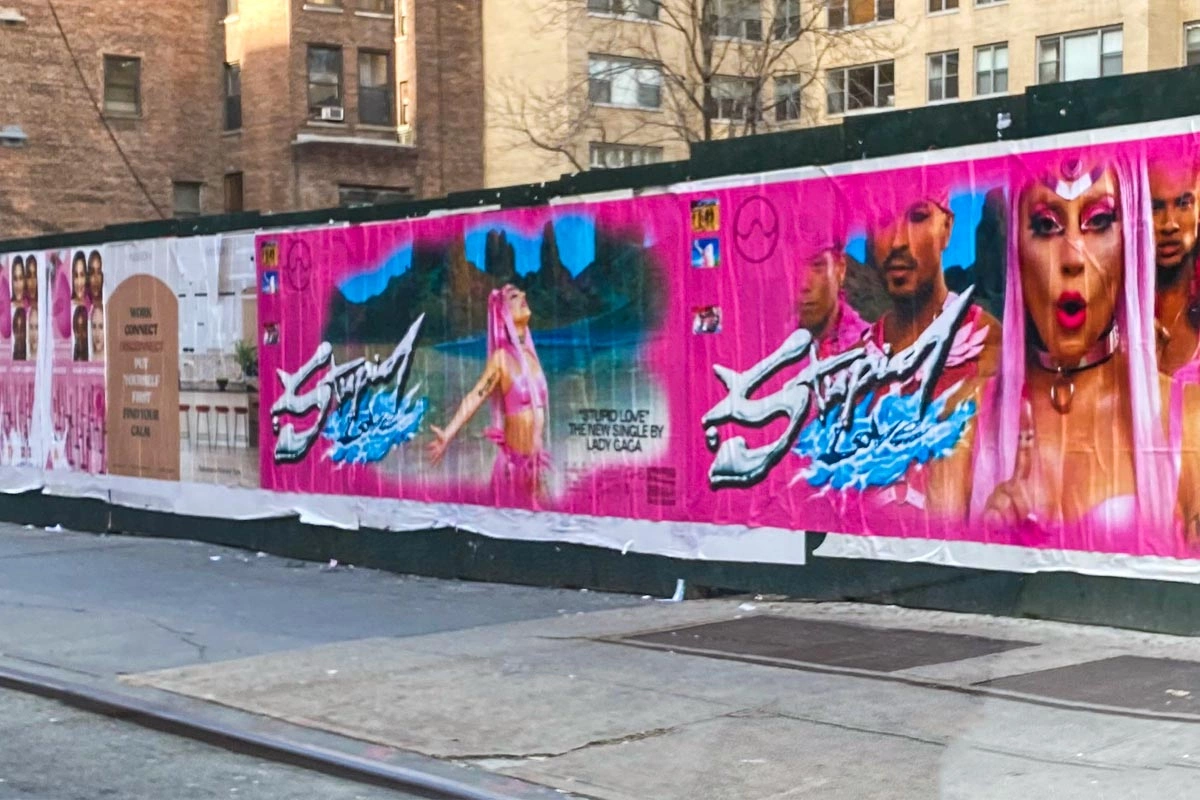
How to Design a Great Wheatpaste Poster
A great campaign starts with an epic creative. Here are some tips to make that happen:
- Size: Wheatpaste posters are available in multiple sizes, viz. 18’x72’, 24×36 and 48×72. Obviously, a large poster will stand out and have maximum impact, but if you design it right, multiple small posters pasted in a checkered format can, through repetition, have a strong impact on people. What’s your campaign all about? What are your brand/product colors? Which style and size of posters work best for you? Not sure which way to go? Give us a call toll-free on 1800-774-6846 or take a look at our artwork instructions.
- Tell a Story: Don’t just tell a story. Tell a gripping story. The best brands have the best stories. Period. Tell your authentic story, let your heart bleed in a clever, insightful way, and the phone will ring off the hook.
- Stories Often Have Chapters: Sometimes, a single campaign won’t do the trick. A series of campaigns with sequential messaging will blow your audience’s mind. For example, before the grand opening of your store, you can create some buzz around it. A day or two prior to the store opening, a new set of posters is pasted, where your target audience walk or hang out. After the store has been in operation for a few days or weeks, a new set of posters goes up highlighting the USPs of your product/service. An eye-catching campaign with a consistent design aesthetic and powerful messaging can get you the traffic you’re looking for.
- Copy: Speaking of stories, does your poster need copy? And if so, how much copy is too much? An image has a stronger impact compared to words over a shorter period of time. But if you can condense your competitive advantage into a few words, you can add it to your creative and together, they can make an actionable and memorable campaign.
- White Space: One of the most important design elements on any creative is the blank space you leave between images, words, and all the information you provide. White space allows the user to take in the information from the poster with ease, giving the eyes and mind some space to distinguish between the various messages present on the poster.
- Merging Online & Offline: Both mediums can assist each other. Online ads can help get customers through the door of your physical store, while offline ads (like wheatpasting) can get users checking out your online presence and purchasing from your online store. So, you don’t need to be promoting an event or a physical store to make use of out-of-home advertising.
- Know Your Audience: Every business tries to solve a problem. What’s the problem your audience faces right now? Make your campaign all about solving their problem, connecting with them over solutions, or simply making them flash their pearly whites because you know the pulse of your audience. Capturing their attention on a sidewalk is all about truly connecting with them.
- Leave It to the Professionals: we offer end-to-end design, printing and delivery services. get in touch with us for professionally designed posters that bring your story to life. If you don’t have the time to design the posters yourself, our design team would love to bring your concept to reality, or pitch ideas with a fresh insight into your brand.
